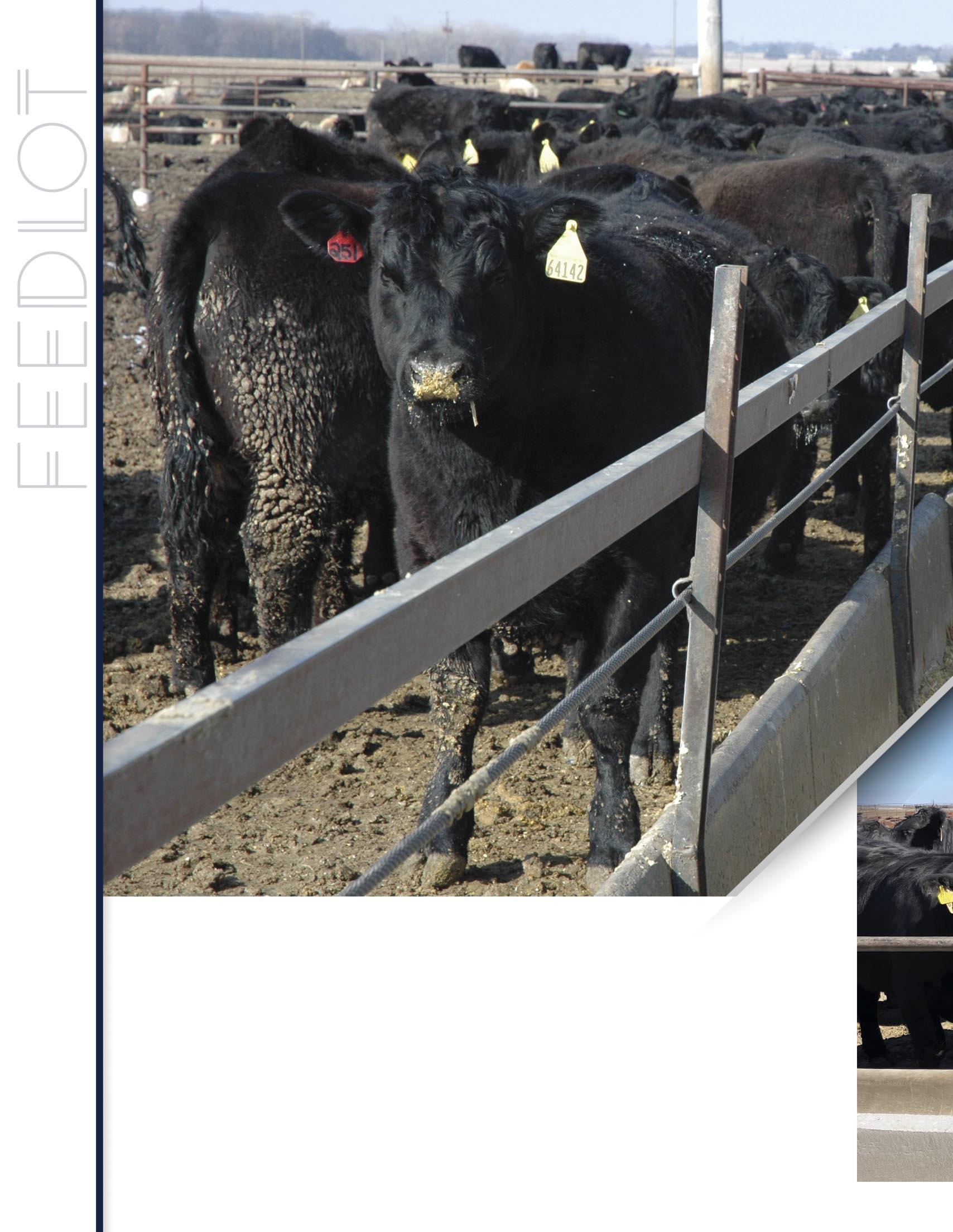
6 minute read
Thoughts and Designs Around the Bud Tub
By Kip Lukasiewicz, DVM, Production Animal Consultation
I have been designing feedlot, ranch, and research/university facilities for several years. My experience and passion for designs arose once I studied the natural behavior of cattle from the late Bud Williams and from my current partner, Dr. Tom Noffsinger. I studied the behavior of cows and calves in their normal pasture environment during my sophomore year at the University of Nebraska at Kearney. During that time, I discovered the social behavior of cattle in terms of how they interact with each other within the herd, their movements and timing of those movements, and their eating and drinking tendencies. However, it was not until I met Dr. Tom Noffsinger and Bud Williams that I truly learned the intricacies of bovine behavior. I continue to learn the importance of the cattle’s vision. Cattle want to see what is pressuring them when moving and reaching a stopping point. They will stop and return where they came from. Our position as handlers matters in how we ask for forward movement as well as how we ask an animal to back up. For all this to happen, we must have open sides of alleys so that the animal’s vision is not impaired.
Advertisement
When I first started to design facilities, all of them had Bud boxes, as illustrated in figure 1. In this design concept, cattle come in and go past the processing alley. They use their natural instinct to reach a stopping point and return where they came from. At this point, the handler is positioned near the processing alley so they can guide the cattle to come around them and enter the alley going toward the chute. This is truly voluntary movement on the animal’s behalf and is not forced but utilizes the concepts of natural behavior. This improves the safety of the animal and handler in the box. Because the box has open sides, pending the behavior of the cattle, the handler can work from outside of the box, allowing the animals to visualize and interact with the handler. This design has had great success but does require some level of skill for the system to work as it was designed.
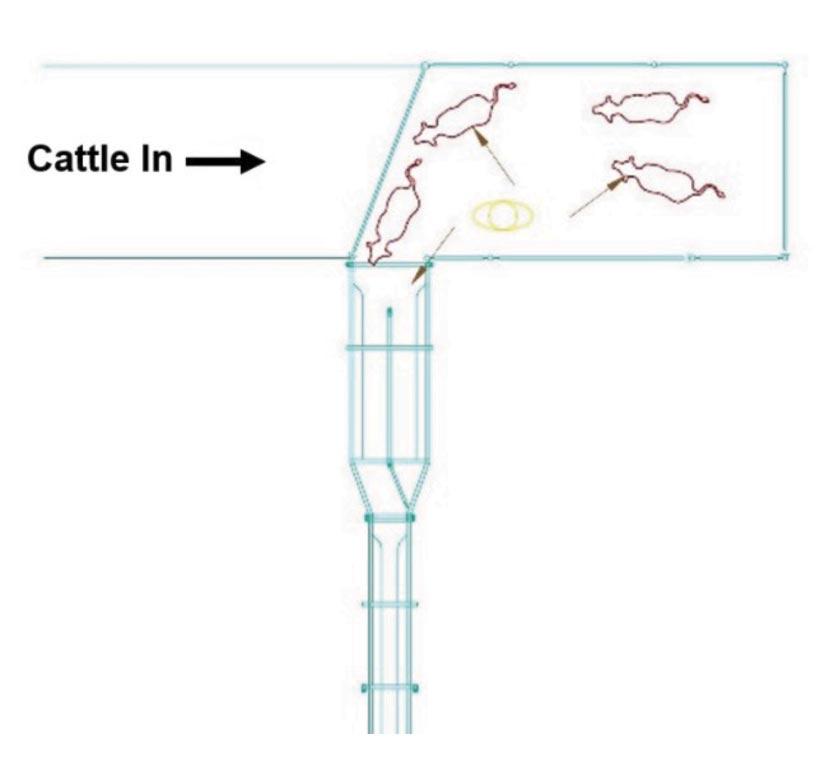
Figure 1: Bud box design
Over the years, some producers have asked me to design a tub for them. Initially, I was opposed to doing this because of my training and also due to the lack of confidence in traditional tub designs. The traditional tub designs were forceful in their approach in terms of guiding cattle toward the destination. Therefore, I was reluctant to go against my principles. Additionally, tubs are more difficult to design and build compared to square pen designs.
Then my current partner, Dr. Corbin Stevens, came up with a design that made a lot of sense to me. It resembled a box design but with a quarter tub, as illustrated in figure 2a. This design allows cattle to come into the tub and go past the processing alley, stop, and turn to come back around only to be led into the processing alley in a voluntary motion. I like to put in a safety walk through between the inside corner of the alley and tub. This allows the handler to shut the gate and walk through the tub/alley. They are also outside the tub so they can move the sweep gate if needed. The sweep gate can also be placed on an electric or hydraulic remote.
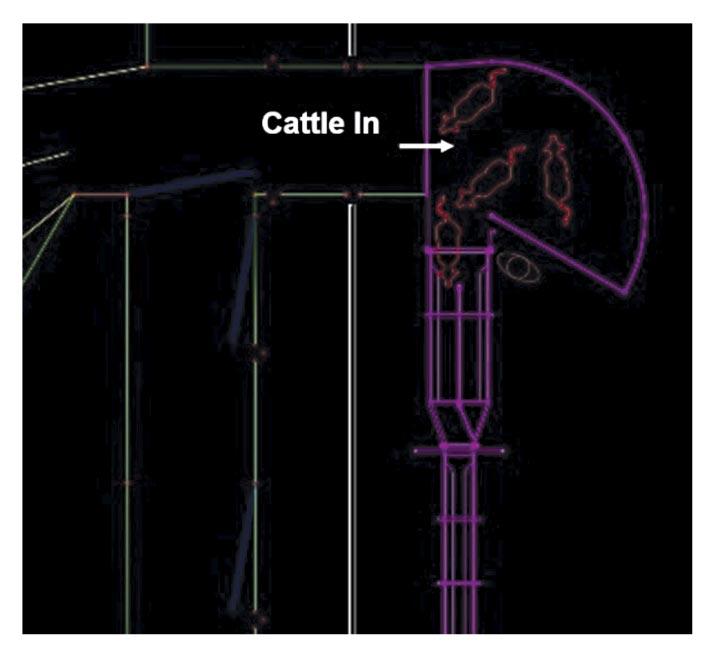
Figure 2a: Quarter Bud tub design
This design made me evaluate the traditional half-circle tub to determine if we could create voluntary flow of cattle into and out of the tub. To accomplish this, we changed the entry point, as shown in figures 2a and 2b, pending the tub design and size. This allowed the cattle to now enter near the processing alley instead of the previous forced sweeping action. In the traditional tub design, shown in figure 3, cattle were forced into a solid-sided tub and made to flow around toward the processing alley via a sweeping gate. Due to their vision being taken away from them, cattle would get near the enclosed processing alley and turn back.
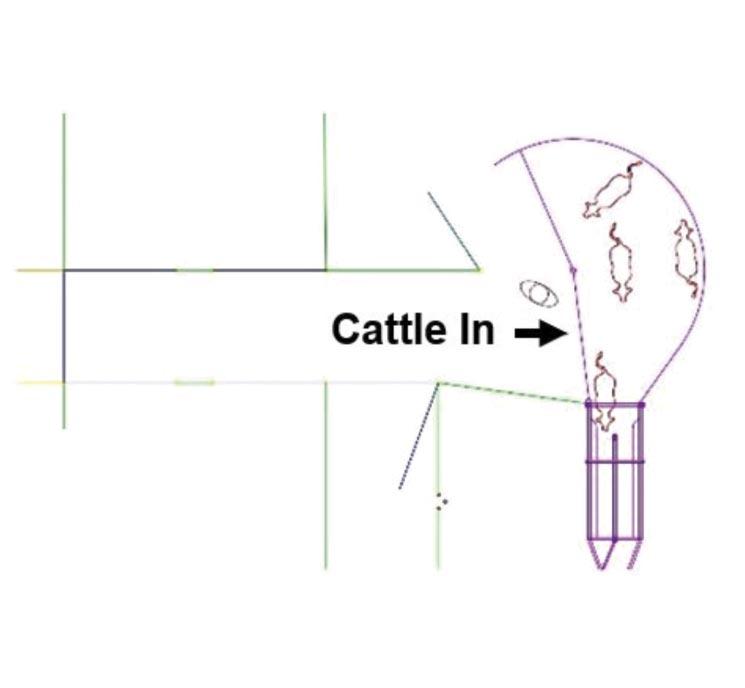
Figure 2b: Half Bud tub design
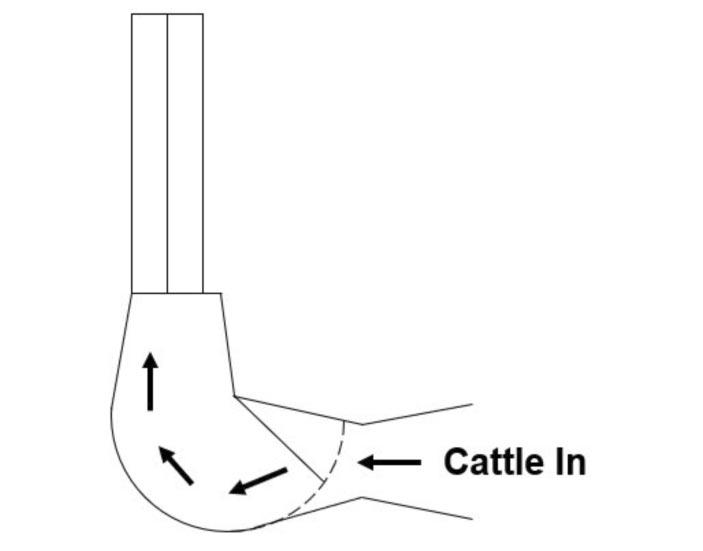
Figure 3: Traditional quarter-tub design
Today, we utilize very little sheeting on traditional tubs so that cattle can easily observe what is pressuring them. This creates more confident interaction between the handler and animal. My preference is to only sheet 60 to 75% of the tub and to remove the catwalk from the tub. The catwalk is no longer needed because the animal can easily see the handler when less sheeting is used.
There are many engineers and designers now designing and building their version of the Bud tub. It is important for anyone designing a Bud tub to fully understand and apply all the concepts of bovine behavior. If not, the tub may have errors in the design or entrance point.
Facilities cost a lot to build. They are even more expensive if built incorrectly. If you are interested in the Bud tub, please contact me to create or evaluate your design. You can reach me via email at kip.lukasiewicz@pacdvms.com or call me at 402-760-3939.
Dr. Kip Lukasiewicz received his Doctor of Veterinary Medicine degree in 1999 from Kansas State University. He is the owner of Sandhills Cattle Consultants, Inc. and a partner with Production Animal Consultation, LLC. Dr. Kip’s primary focus is feedlot consulting, animal handling, and facility design. Dr. Kip trained under the late Bud Williams and has worked and trained extensively with Dr. Tom Noffsinger utilizing Bud’s thoughts on low-stress cattle handling and caregiving. Dr. Kip along with Dr. Tom works and trains with over 20% of the US fed cattle industry and also travels to Canada training feedlot clients on low-stress cattle handling and caregiving. Dr. Kip resides in Grand Island, Nebraska, with his wife and two children. He is an active member of the Academy of Veterinary Consultants, Nebraska Veterinary Medical Association and American Association of Bovine Practitioners










